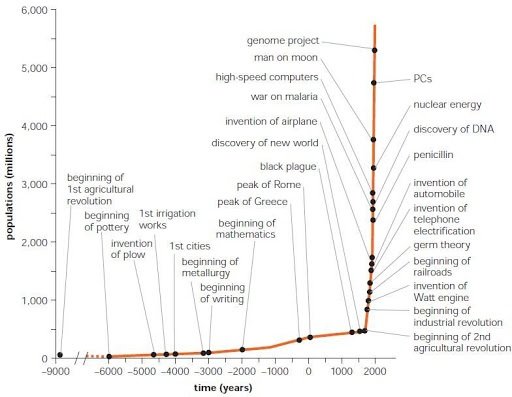What was the 2nd agricultural revolution - when they learned to do crop rotation?
According to this site
: The Three Agricultural Revolutions .....
"The second agricultural revolution coincided with the Industrial Revolution; it was a revolution that would move agriculture beyond subsistence to generate the kinds of surpluses needed to feed thousands of people working in factories instead of in agricultural fields. The second agricultural revolution was composed of a series of innovations, improvements, and techniques in Great Britain, the Netherlands, Denmark, and other neighboring countries.
By the 17th and 18th centuries, new crops came into Europe from trade with the Americas, including corn and potatoes. The governments of Europe played a role in spurring on the second agricultural revolution by passing laws such as Great Britain’s Enclosure Act that encouraged consolidation of fields into large, single-owner holdings. Farmers increase the size of their farms, piecing together more contiguous parcels of land, fenced in land, and instituted field rotation. Methods of soil preparation, fertilization, crop care, and harvesting improved.
New technologies such as the seed drill enabled farmers to avoid wasting seeds and to easily plant in rows, making it simpler to distinguish weeds from crops. Advances in breeding livestock enabled farmers to develop new breeds that were either strong milk producers or good for beef. By the 1830s, farmers were using new fertilizers on crops and feeding artificial feeds to livestock. Increased agricultural output made it possible to feed much larger urban populations, enabling the growth of a secondary (industrial) economy.
Innovations in machinery that occurred with the Industrial Revolution in the late 1800s and early 1900s helped sustain the second agricultural revolution. The railroad helped move agriculture into new regions, such as the United States Great Plains. Geographer John Hudson traced the major role railroads and agriculture played in changing the landscape of that region from open prairie to individual farmsteads. Later, the internal combustible engine made possible the mechanization of machinery and the invention of tractors, combines, and a multitude of large farm equipment. New banking and lending practices helped farmers afford the new equipment."
omni

